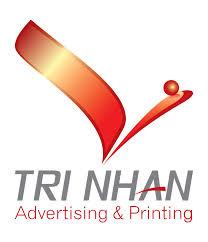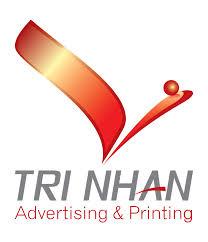The Fixed Shunt Reactor Market Trends indicate strong growth as utilities adopt advanced reactive power compensation solutions to maintain grid stability and efficiency. As Per Market Research Future, increasing electricity demand, renewable energy integration, and technological advancements are shaping the global fixed shunt reactor market.
Fixed shunt reactors are essential components in high-voltage power systems, providing reactive power compensation to control voltage levels, reduce transmission losses, and enhance grid stability. They are widely used in transmission networks, renewable energy integration, and industrial power systems. The latest Fixed Shunt Reactor Market Trends reveal a surge in adoption due to rising electricity demand, renewable energy penetration, and the need for reliable and efficient power networks.
Growing Demand for Grid Stability
As electricity consumption continues to rise globally, power grids require advanced solutions to manage voltage fluctuations, prevent overvoltage, and maintain reliability. Fixed shunt reactors play a critical role in stabilizing the grid by absorbing reactive power and controlling voltage levels in transmission systems.
As Per Market Research Future, the increasing emphasis on power quality and grid stability is a primary driver of the fixed shunt reactor market.
Technological Advancements Driving Market Growth
Technological innovation has improved the efficiency, reliability, and capacity of fixed shunt reactors. Key trends include:
-
High-Capacity Reactors: Supporting large transmission networks and renewable energy integration.
-
Advanced Insulation Materials: Enhancing durability and performance under high-voltage conditions.
-
Compact Designs: Facilitating installation in space-constrained substations.
-
Digital Monitoring and Automation: Enabling real-time condition monitoring and predictive maintenance.
These advancements contribute significantly to the Fixed Shunt Reactor Market Trends, allowing utilities to optimize reactive power management.
Applications Across Power Systems
Fixed shunt reactors are deployed across multiple applications in electrical networks:
-
High-Voltage Transmission Lines: Controlling overvoltage and improving system reliability.
-
Renewable Energy Integration: Managing reactive power from variable generation sources such as wind and solar.
-
Industrial Power Systems: Supporting stable operations for heavy industrial loads.
-
Substations: Enhancing voltage regulation and reducing energy losses.
As Per Market Research Future, the versatility of fixed shunt reactors across applications drives broad adoption.
Environmental and Regulatory Drivers
The need for efficient and reliable energy systems is reinforced by regulatory standards for power quality, grid stability, and renewable integration. Utilities are increasingly adopting fixed shunt reactors to comply with regulations and ensure sustainable power delivery.
As Per Market Research Future, regulatory support and environmental considerations are significant factors influencing market growth.
Regional Market Insights
The fixed shunt reactor market is expanding across key regions:
-
North America: Growth driven by grid modernization, renewable integration, and aging transmission infrastructure.
-
Europe: Adoption fueled by renewable targets, smart grid initiatives, and emission reduction mandates.
-
Asia-Pacific: Rapid industrialization, increasing electricity demand, and infrastructure development driving market expansion.
-
Middle East & Africa: Expanding energy networks and new power projects contributing to adoption.
As Per Market Research Future, regions with high transmission network expansion and renewable energy deployment are witnessing the fastest growth.
Investment Trends and Infrastructure Development
Investment in fixed shunt reactors is rising globally as utilities modernize their transmission and distribution networks. Focus areas include high-capacity reactors, digital monitoring systems, and integration with smart grid technologies.
As Per Market Research Future, infrastructure investment and technological upgrades are key drivers for sustained market growth.
Challenges and Opportunities
Challenges in the market include high capital costs, complex installation, and maintenance requirements. However, opportunities exist in emerging markets, renewable energy integration, and retrofitting existing substations with advanced reactor systems.
Future Outlook
The fixed shunt reactor market is poised for significant growth as electricity demand rises, renewable energy integration increases, and power grids require advanced stabilization solutions.
As Per Market Research Future, technological innovation, regulatory support, and investment in grid modernization will continue to drive the expansion of the global fixed shunt reactor market.
FAQs
1. What factors are driving growth in the fixed shunt reactor market?
Growth is fueled by increasing electricity demand, renewable energy integration, grid stabilization needs, and technological advancements.
2. Where are fixed shunt reactors commonly used?
They are used in high-voltage transmission lines, substations, industrial power systems, and renewable energy integration projects.
3. How is technology influencing the fixed shunt reactor market?
Advances in high-capacity reactors, insulation materials, compact designs, and digital monitoring improve grid stability and operational efficiency.
More Related Reports:


